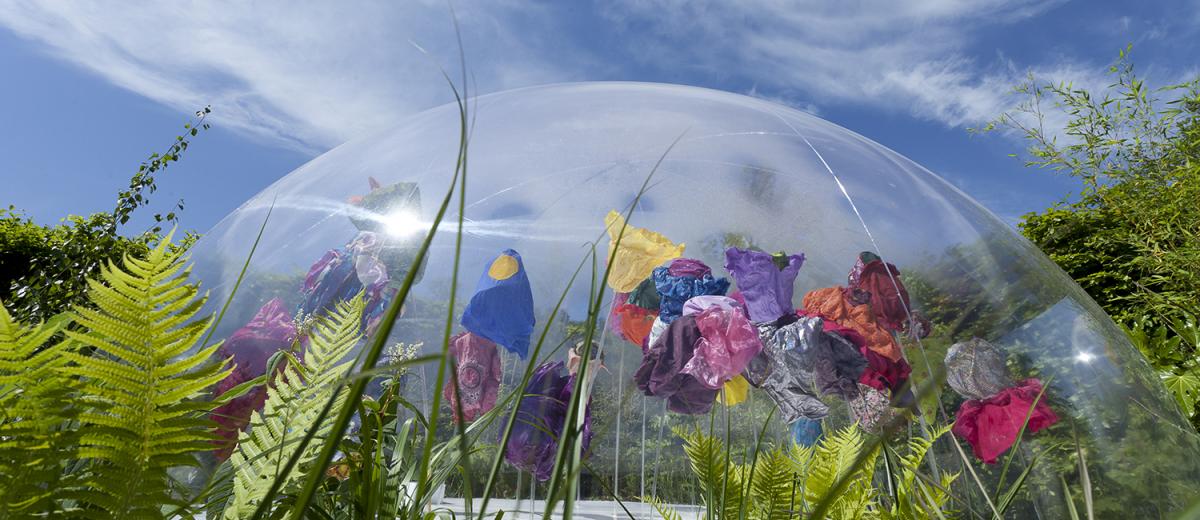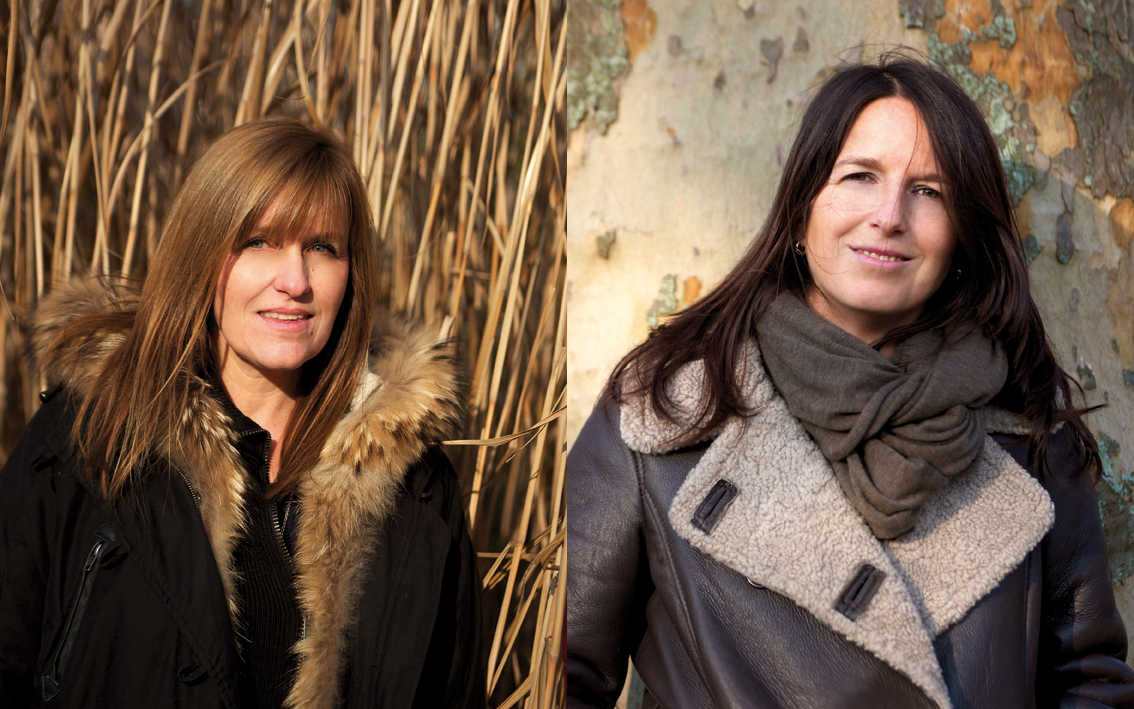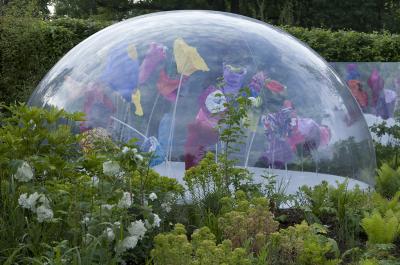05. L’envers du décor

designers

From left to right: Cathy Viviès and Vanessa Farbos
Cathy Viviès is a garden designer with a diploma from the Ecole Nationale Supérieure du Paysage [National Higher Institute for Landscape] in Versailles. In the initial stages of her professional life, when she was a fashion designer, she created her own clothes brands. She specialised in knitwear and was fascinated by the influence of colours in our lives, which led her to design clothes based on the harmony between skin pigmentation and moods linked to colours. Then came her collections with numerous brands, including Spitak – Escorpion Group, Veste Bene, Gérard Darel Group, etc. For the paper maker, OCB, she organised a competition for young fashion designers and launched the OCB Urban Wear brand, presented at “Who’s Next” as the collection for a generation that is permanently on the move. Then in the 2000s, she launched a concept for the restoration of furniture and objects under the Happy Art brand name. The collections were presented to fit in with the fashion seasons. She was influenced by the Pop Art movement and her furniture rediscovered its bright colours, giving it a second life. After doing some work in films, where she discovered another quest, for the alchemy between light and movement, she went back to school to widen her horizons to the field of landscape. The ENSP [National Higher Institute for Landscape] gave her new perspectives on the changing seasons and the management of colours, in design and then the everyday life of public and private spaces. There, Cathy Viviès again found what she wanted to satisfy her insatiable need to manipulate colours and volumes in space. Nowadays she designs and creates gardens and plant walls and will soon be collaborating with Yann Kersalé, a visual artist working with light.
Vanessa Farbos is now a garden designer and she recently got her diploma from the ENSP [National Higher Institute for Landscape] in Versailles. She has always had an interest in textures and matter. In addition, she did studio work with ceramists like Augusto Tozzola and Yoshimi Futamura, where she gave form to matter, using turning and modelling techniques. Doing Raku was to be a revelation: transforming matter, changing states. Before entering the World of Plants, her studies in economics turned her in the direction of town planning in the cinema and leisure sectors, which enabled her to mix with renowned architects and cultivate close relationships with the understanding of space. Then, not feeling close enough to matter, to the “Truth”, out of conviction she chose to work with plants: her gardens want to tell a story, not to be simple decorative objects. Her aim is to work with architects right from the start of projects, so as to think about places in their entirety.


